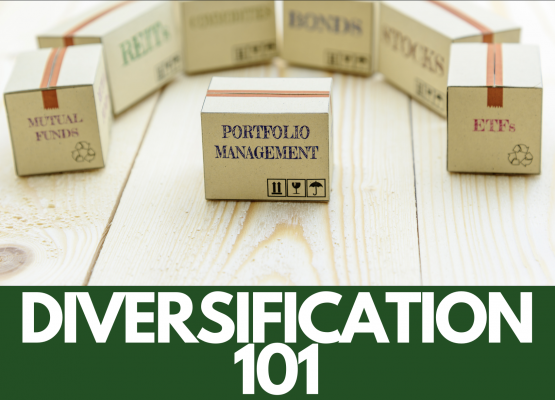Swing trading is a type of trading strategy in which a trader attempts to capture short-term gains in a financial instrument, such as stocks, commodities, or currencies. Unlike day trading, where a trader buys and sells a security within the same day, swing traders hold positions for a few days to a few weeks.
Swing traders aim to profit from the “swings” or price movements in the market, buying when the price is low and selling when the price is high. They typically use technical analysis to identify trading opportunities and set entry and exit points based on chart patterns, support and resistance levels, and other indicators.
Swing trading requires discipline and risk management, as well as a solid understanding of market trends and the factors that can affect the price of the asset being traded. It can be a good strategy if you are a trader who is seeking a more relaxed approach and you are not interested in the high-stress environment of day trading.
The potential earnings from swing trading can vary widely depending on several factors, such as your skill level as a trader, risk management strategy, and the amount of capital you are”putting up” to trade with. It is difficult to provide a specific number, as swing trading can be both profitable and risky, as the market is unpredictable.
As a swing trader, you are aiming to capture short-term gains by taking advantage of the market’s price movements. Swing traders typically set a profit target for each trade and use stop-loss orders to limit their losses. With proper risk management and a sound trading strategy, you can potentially earn significant profits.
However, it’s important to note that swing trading, like any form of trading, comes with risks. You may experience losses if the market doesn’t move in the expected direction, or if you don’t manage your risk properly. As with any investment, it’s important to do your research and develop a trading plan before proceeding. You may also benefit from “paper trading”, which can allow you to practice trading with pretend money before actually placing trades in real life. This can give you a feel for swing trading, without risking actual money. The “thinkorswim” platform, for example, on TD Ameritrade and Charles Schwab can allow you get started with paper trading.
Additionally, here are 6 tips that may hep you as you look to enter the world of swing trading:
- Develop a Trading Plan: The first step in swing trading is to develop a trading plan. A trading plan should include your trading strategy, entry and exit points, risk management strategy, and the amount of capital you are willing to risk. As a beginner swing trader, you could incorporate paper trading into your plan, and “test the waters” to see if your strategy might work in real life.
- Identify Opportunities: Once you have a trading plan, you need to identify trading opportunities. You can use technical analysis to identify potential trades by looking at price charts, technical indicators, and market trends.
- Manage Risk: Managing risk is crucial to successful swing trading. You should consider using stop-loss orders to limit your losses, and never risk more than you can afford to lose.
- Use Technical Indicators: Technical indicators can help you identify potential trading opportunities and manage your trades. Some commonly used indicators for swing trading include moving averages, relative strength index (RSI), and MACD.
- Monitor Your Trades: Once you enter a trade, it’s important to monitor it closely. Keep an eye on market trends, news events, and any other factors that could affect the price of the asset you are trading.
- Take Profits: Finally, it’s important to take profits when the market is in your favor. Don’t be too greedy and hold onto a trade for too long. Set a profit target and stick to it.
Overall, swing trading can be a profitable strategy if done correctly. However, it requires discipline, patience, and a willingness to learn from mistakes.
Summary
Swing trading is a popular trading strategy where traders hold positions for a few days to a few weeks to capture short-term gains in the market. The strategy involves buying low and selling high, and requires proper risk management and a sound trading plan. Technical analysis is commonly used to identify trading opportunities, and you should monitor your trades closely and take profits when the market is in your favor. While swing trading can potentially earn significant profits, it also comes with risks and requires discipline, patience, and a willingness to learn from mistakes. As with any investment, it’s important to do your own research, develop a trading plan, and if fitting based upon your investing objectives and risk tolerance, seek the advice of a professional, such as a Financial Advisor, before proceeding.




